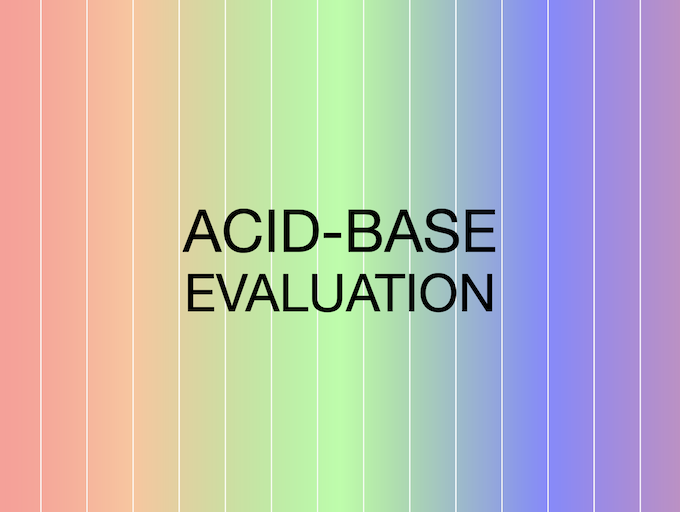
Blood Gas Interpretation
The blood gas is used to rapidly assess ventilatory function and identify acid-base disorders – and will also generally provide point-of-care testing of a number of values such as electrolytes, blood glucose and haemoglobin.

The blood gas is used to rapidly assess ventilatory function and identify acid-base disorders – and will also generally provide point-of-care testing of a number of values such as electrolytes, blood glucose and haemoglobin.

Acid-Base Library: Blood gas analysis and interpretation

aka Metabolic Muddle 013 A 30 year-old female was admitted to the ICU following a traumatic brain injury. Her ABG was normal on arrival. Since admission her condition has deteriorated and she now has circulatory failure requiring 100mcg/min of noradrenaline…

A femoral arterial blood gas sample is obtained from a 41 year old man...obtained when the barometric pressure was 272mmHg and the PiO2 47mmHg

Arterial blood gas (ABG) is used to determine the adequacy of oxygenation and ventilation, assess respiratory function and determine the acid–base balance.

Respiratory Alkalosis DDx

The degree of acid-base abnormality during cardiac arrest and cardio-pulmonary resuscitation (CPR) is dependent on a number of variables

Arterial Blood Gas in Hypothermia. The solubility of oxygen and carbon dioxide is increased at low temperatures.